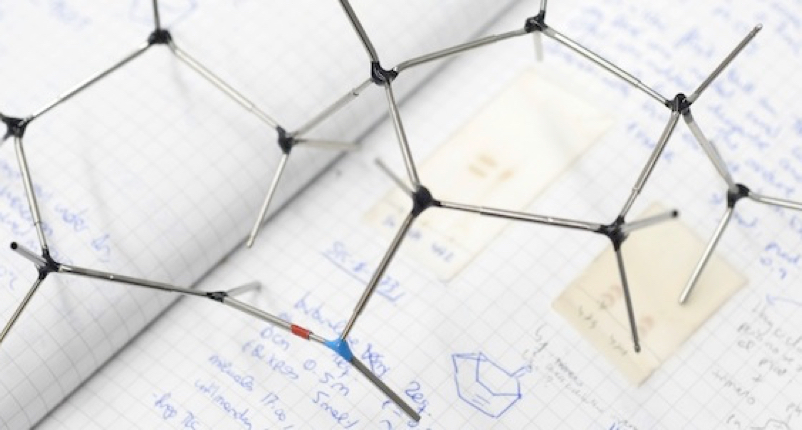Chloride Binding Properties of a Macrocyclic Receptor Equipped with an Acetylide Gold(I) Complex: Synthesis, Characterization, Reactivity, and Cytotoxicity Studies
In this work, we report the synthesis and characterization of a mono-nuclear “two wall” aryl-extended calix[4]pyrrole receptor (2Au) decorated with an acetylide-gold(I)-PTA complex at its upper rim. We describe the 1H NMR titration experiments of 2Au and its “two wall” aryl-extended calix[4]pyrrole synthetic precursors: the non-symmetric mono-iodo-mono-ethynyl 2 and the symmetric bis-iodo 3 with TBACl in dichloromethane and acetone solution. In acetone solution, we use isothermal titration calorimetry (ITC) experiments to thermodynamically characterize the formed 1:1 chloride complexes and perform pair-wise competitive binding experiments. In both solvents, we measured a decrease in the binding constant of the mono-nuclear 2Au complex for chloride compared to the parent mono-iodo-mono-ethynyl 2. In turn, receptor 2 also shows a reduction in binding affinity for chloride compared to its precursor bis-iodo calix[4]pyrrole 3. The free energy differences (∆G) of the 1:1 chloride complexes cannot be exclusively attributed to their dissimilar electrostatic surface potential values either at the center of the meso-phenyl wall or its para-substituent. We conclude that solvation/desolvation processes play an important role in the stabilization of the chloride complexes. In acetone solution and in the presence of TBACl, 6Au, a reference compound for the acetylide Au(I)•PTA unit, produces a bis(alkynyl)gold(I) anionic complex [7Au]−. Thus, the observation of two separate sets of signals for the bound aromatic calix[4]pyrrole protons, when more than 1 equiv. of the salt is added, is assigned to the formation of the chloride complexes of 2Au and of the “in situ” formed calix[4]pyrrole anionic dimer [8Au]−. Finally, preliminary data obtained in cell viability assays of 2Au and 6Au with human cancer cells lines assign them with moderate activities showing that the calix[4]pyrrole unit is not relevant.

Rivoli, A.; Aragay, G., Gimeno, M. C.; Ballester, P.
Inorganics 2022, 10 (7), 95
DOI:
10.3390/inorganics10070095

Let's create a brighter future
Join our team to work with renowned researchers, tackle groundbreaking
projects and contribute to meaningful scientific advancements




















